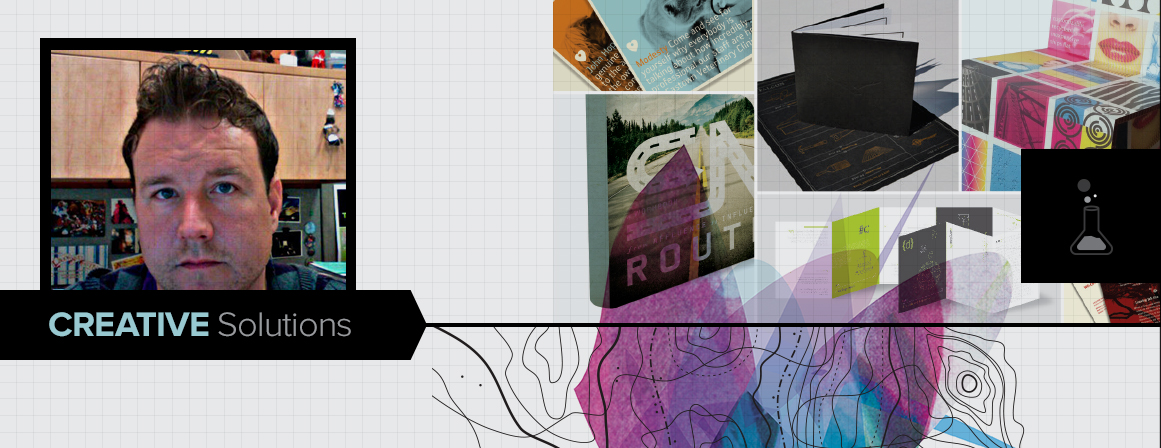We believe that design tips the scales. You’re choosing something because you believe you’re getting something of high quality at a reasonable price. You might be offering something that’s basically the same as someone else, but your design and branding is superior, which causes customers to trust you more. You’ve thought about what your consumers likes and wants, and you’ve implementing design that speaks to that. This is especially important when trying to attract potential clients to your brand.
Potentials totally drive the creative aspect of your brand, because they’re most likely being driven by things they’ve seen from your competitors. So you have to take into account what the potentials are looking at that is in relationship to what you’re doing, so that you know how to differentiate yourself to the potentials from the competition. New clients can give you insights into new initiatives and new brand ideas; even the future of the brand and ways it needs to be agile. Typically, the reason people want to keep current clients coming back is because they’re the least expensive customers to have. Potentials are the most expensive to get, but you always need to be funneling through more if you’re going to continue growing your company.
Branding initiatives targeting potentials is often caused by competition, because it can get so cutthroat at a certain level that the margins become incredibly slim, making it difficult to compete. So that’s often why they choose to move in different directions. When you have margins that are so narrow, it’s important to appeal to potentials through branding. You have to find out what appeals to them. It could be anything from price point to lifestyle choices. Those are two of the key elements you need to look at. If you’re an auto shop that services $18,000 cars but wants to service $30,000 cars, you probably shouldn’t keep a painted sign that reads “Joe’s Body Shop” nailed to the front of the building. You need to find a way to speak to the potentials you want.
Imagine if you went to the grocery store and saw two boxes of raisin bran side by side. One is a plan cardboard box with “raisin bran” on the front; the other is colorful and features excellent photography showcases delicious raisins and crunchy flakes. The price difference is 15 cents. Which are you more likely to choose? The box with the better design inspires more trust, and when the price points are so similar, the choice is a no-brainer.



